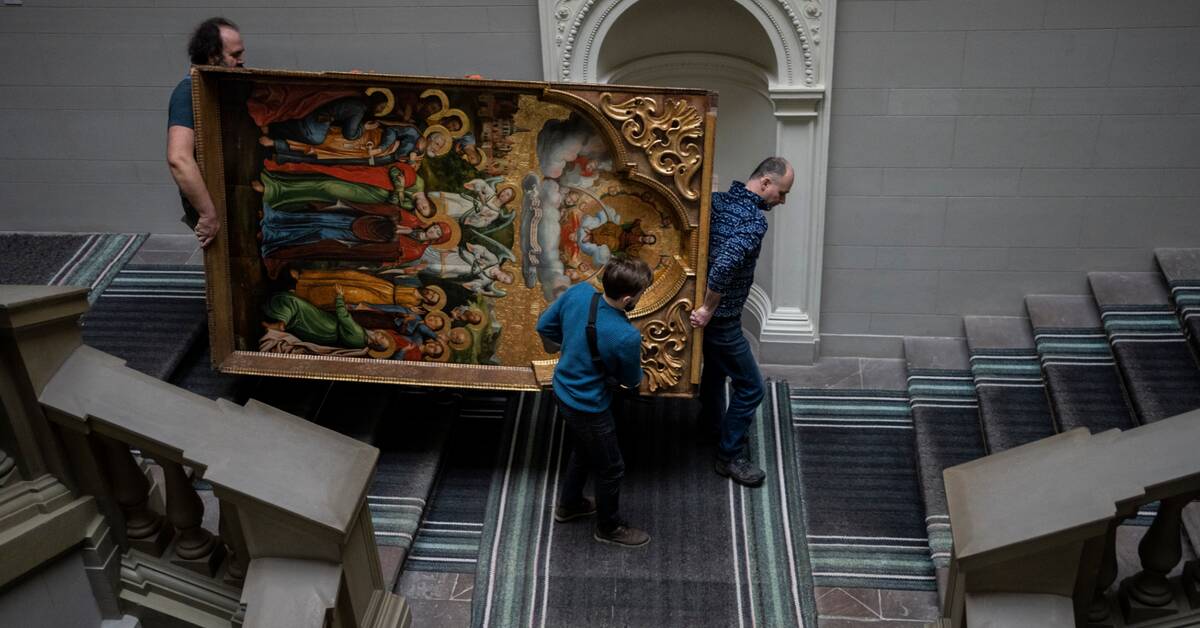Museums, theaters, libraries and churches have been hit hard by Russian forces in the past month.
- We receive new reports daily about buildings and objects that have been damaged and destroyed.
Last week, the Ministry of Culture was able to confirm that at least 135 buildings have been seriously damaged, says Elisabeth Schellekens Dammann, and adds that the figure is probably significantly higher.
Destroyed works of art
The bombing of the theater in Mariupol, where about 300 people are said to have died, is perhaps the most notable case.
But the list can be made long.
- The historical museum in Chernihiv, with several works by the artist Marija Prymatjenko, was completely destroyed at the beginning of the invasion.
We have monasteries and churches that have been destroyed and damaged: like the cathedral in Kharkiv that had barely been restored since Russia last damaged the cultural heritage of Ukraine almost a hundred years ago (restored in 2009).
"Psychological warfare"
Aiming for a country's cultural heritage is common in armed conflicts, says Elisabeth Schellekens Dammann.
- It is mostly about a kind of moral or psychological warfare - to sabotage and undermine a ethnic group or a national identity.
The cultural objects stand for many of our great ideals.
Intentionally destroying cultural heritage can be a war crime.
When the UN agency Unesco and the Ukrainian government are now trying to protect the country's cultural heritage, it is largely a matter of demanding responsibility from Russia in the future.
- I think it's about being able to collect information and data so that there may be talk of war crimes.
Ukraine and Russia, like 130 other countries, have signed the Hague Convention in 1954, which is about trying to protect culture and property in armed conflict, says Elisabeth Schellekens Dammann.

